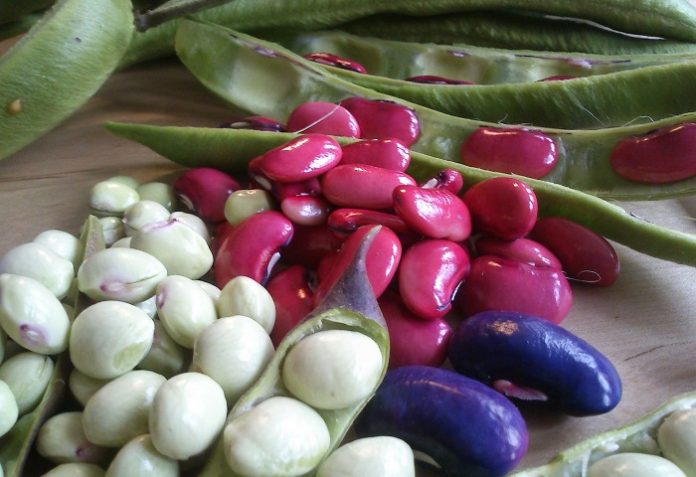FAO has developed a series of fact sheets covering the key messages of the International Year of Pulses. These documents provide an in-depth look at how pulses can help to improve health, nutrition, biodiversity, food security and climate change adaptation.
Malnutrition is a result of eating too little, too much or eating an unbalanced diet that does not contain the right quantity and quality of nutrients to be healthy. Malnutrition is one of the most important contributors to many types of illnesses and in some cases can lead to death. One of the key messages that FAO aims to highlight during the International Year of Pulses is the nutritional benefits of pulses, encouraging a paradigm shift toward including more of this nutritional powerhouse in diets all over the world.
A source of vital nutrients
Pulses typically contain about twice the amount of protein found in whole grain cereals. When combined with food high in vitamin C, pulses’ high iron content makes them a potent food for replenishing iron stores, particularly for women at reproductive age, who are more at risk for iron deficiency anaemia. Pulses are also good sources of vitamins, such as folate, which reduces the risk of neural tube defects (NTDs) like spina bifida in newborn babies. With a low glycemic index, low fat and high fibre content, pulses are suitable for people with diabetes.
Getting the most from pulses
When other foods are combined with pulses, the nutritional value of pulses is further enhanced, as other foods help to ensure that the body is able to better absorb all the nutrients found in pulses. For example, eating pulses with cereals creates a complete protein, containing amino acids that the body cannot produce itself. Complete proteins are essential for healthy diets, and this is why pulse-cereal combinations like beans and rice are popular in many countries. Similarly, eating pulses with vitamin C rich foods increases the body’s ability to absorb iron. A good example is to sprinkle some lemon juice on lentil curry.
Source: www.fao.org/pulses-2016/en/


